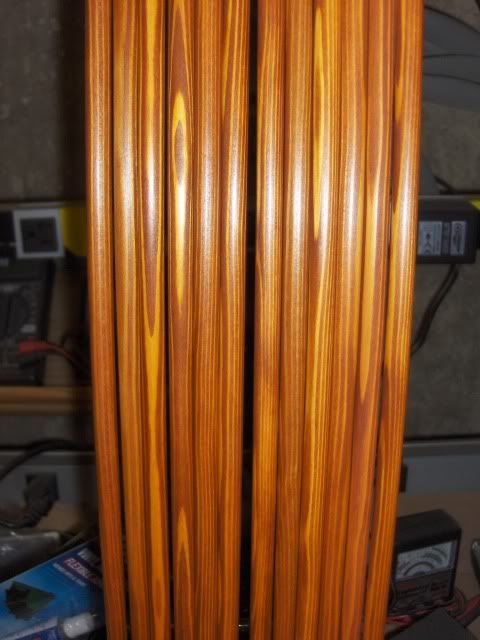Hollowdweller
32 Cal.
- Joined
- Nov 7, 2011
- Messages
- 5
- Reaction score
- 0
OK so I broke the ramrod that was with my rifle. The wood one. I have a brass one I can use but I want another to actually fit in the rod holder on the rifle.
So I got some hickory rods from a mail order place and did one up. The first ram it broke in 3 pieces :rotf:
Well the way I had to order I got 5 of them so I took the tip off the broken one, put it on an intact one and sanded it down to where it will fit.
I haven't got a chance to check it out yet since I just fabricated it yesterday.
But my question is with these rods that were probably turned on a lathe or something I'm wondering if I might get better strength by just going out into my woods, selecting and barking a suitable sized hickory sapling or limb, letting it dry out and then putting a new tip on and whittling and sanding to size?
Also any suggestions of other woods that might be more suitable? I have numerous species and 85 acres of woods.
So I got some hickory rods from a mail order place and did one up. The first ram it broke in 3 pieces :rotf:
Well the way I had to order I got 5 of them so I took the tip off the broken one, put it on an intact one and sanded it down to where it will fit.
I haven't got a chance to check it out yet since I just fabricated it yesterday.
But my question is with these rods that were probably turned on a lathe or something I'm wondering if I might get better strength by just going out into my woods, selecting and barking a suitable sized hickory sapling or limb, letting it dry out and then putting a new tip on and whittling and sanding to size?
Also any suggestions of other woods that might be more suitable? I have numerous species and 85 acres of woods.








